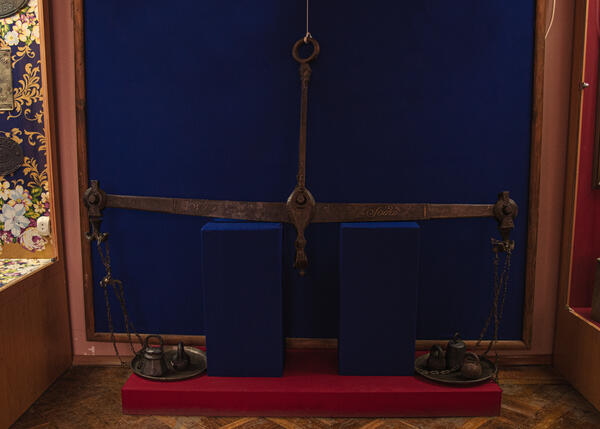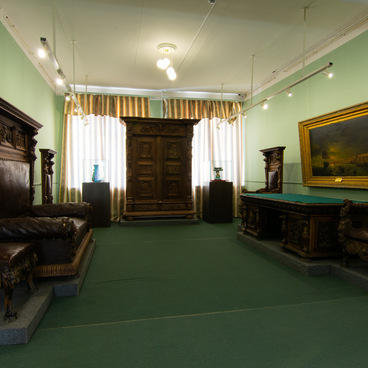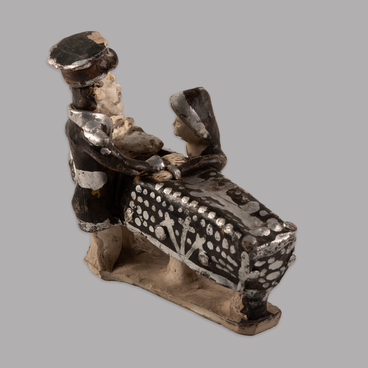The simplest type of balance, the equal-arm, was used in ancient Egypt and Babylon. It was based on the principle of equilibrium. The first equal-arm balances appeared in Russia in 996, during the rule of Prince Vladimir. In the 12th century, such instruments already had to be verified each year in accordance with the newly issued decrees.
In 1723, Peter I ordered to measure the weight, and not the amount of flour, malt, cereals and other grains sold. At that time, so-called “eagled balances” came into use in the Russian Empire — devices with a special stamp confirming that they had been verified. Those merchants who violated the rules were fined.
The decree of Emperor Paul I of April 29, 1797 “On the Establishment of Universally Correct Scales, Drinking and Dread Units of Measure” was instrumental in the formation of weight culture and equipment in Russia. The main mission of this document was to set new requirements for the design of balances and weights. Among other things, the reform dealt with equal-arm balances. According to the decree, they had to closely follow a certain design.
Such instruments were supposed to have either single hooks to suspend the pans or double hooks, if no pans were used. At the same time, the ends of the beam had to be marked with the letters: “T”— for the goods and “Г” — for the weights.
The exhibition of the Lipetsk Regional Museum of Local Lore includes almost two-meter long equal-arm balance scales, which were made in the city of Kasimov (now the Ryazan region). In the 19th century, the city was a center of scales production. The balance from the museum’s collection features the name of the city, the year when the instrument was manufactured — 1829, as well as the initials of the artisan — M.E.A.
As most 19th-century scales, the Kasimov balances rarely had a maker’s mark with the artisan’s name and surname. In most cases, only abbreviations were engraved on the metal, and the full names of the craftsmen remained unknown.
In 1723, Peter I ordered to measure the weight, and not the amount of flour, malt, cereals and other grains sold. At that time, so-called “eagled balances” came into use in the Russian Empire — devices with a special stamp confirming that they had been verified. Those merchants who violated the rules were fined.
The decree of Emperor Paul I of April 29, 1797 “On the Establishment of Universally Correct Scales, Drinking and Dread Units of Measure” was instrumental in the formation of weight culture and equipment in Russia. The main mission of this document was to set new requirements for the design of balances and weights. Among other things, the reform dealt with equal-arm balances. According to the decree, they had to closely follow a certain design.
Such instruments were supposed to have either single hooks to suspend the pans or double hooks, if no pans were used. At the same time, the ends of the beam had to be marked with the letters: “T”— for the goods and “Г” — for the weights.
The exhibition of the Lipetsk Regional Museum of Local Lore includes almost two-meter long equal-arm balance scales, which were made in the city of Kasimov (now the Ryazan region). In the 19th century, the city was a center of scales production. The balance from the museum’s collection features the name of the city, the year when the instrument was manufactured — 1829, as well as the initials of the artisan — M.E.A.
As most 19th-century scales, the Kasimov balances rarely had a maker’s mark with the artisan’s name and surname. In most cases, only abbreviations were engraved on the metal, and the full names of the craftsmen remained unknown.




